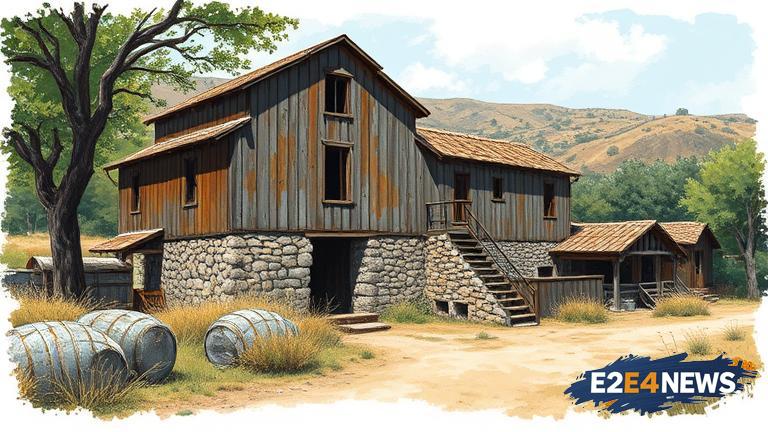In a heartwarming display of community spirit, a coalition of California wineries has come together to save the iconic Old Sugar Mill from the brink of foreclosure. The Old Sugar Mill, located in Clarksburg, California, has been a staple of the region’s wine country for over a decade, offering a unique and charming destination for wine enthusiasts and tourists alike. With its rich history and stunning architecture, the Old Sugar Mill has become an integral part of the local community, hosting numerous events and weddings throughout the year. However, due to unforeseen financial difficulties, the property was recently threatened with foreclosure, leaving the future of this beloved landmark hanging in the balance. Determined to save the Old Sugar Mill, a group of local wineries, including Bogle Vineyards, Carvalho Family Wines, and Rendezvous Winery, among others, have joined forces to form a coalition dedicated to preserving the property. Through their collective efforts, the wineries aim to raise awareness and funds to prevent the foreclosure of the Old Sugar Mill, ensuring its continued operation and preservation for generations to come. The coalition has launched a fundraising campaign, which has already garnered significant support from the local community and wine industry professionals. The campaign has also sparked a wider conversation about the importance of preserving historic landmarks and the role that community spirit can play in saving beloved institutions. As news of the coalition’s efforts spreads, wine enthusiasts and supporters from across the country are rallying behind the cause, recognizing the significance of the Old Sugar Mill as a cultural and economic hub for the region. The Old Sugar Mill’s history dates back to the early 20th century, when it was originally used as a sugar beet processing facility. Over the years, the property has undergone several transformations, eventually becoming the thriving wine country destination it is today. The wineries involved in the coalition are committed to preserving the Old Sugar Mill’s historic charm and character, while also ensuring its continued viability as a business. By working together, the coalition hopes to create a sustainable future for the property, one that balances its rich history with its potential for growth and development. The Old Sugar Mill’s foreclosure would not only have resulted in the loss of a beloved landmark but also would have had a significant impact on the local economy, affecting numerous businesses and jobs in the area. The coalition’s efforts have been praised by local officials, who recognize the importance of preserving the region’s cultural heritage and supporting local businesses. As the fundraising campaign continues to gain momentum, the coalition remains optimistic about the future of the Old Sugar Mill, confident that their collective efforts will ultimately save this historic treasure. The Old Sugar Mill’s story serves as a testament to the power of community spirit and the impact that collective action can have on preserving beloved institutions. With the support of the local community and the wine industry, the Old Sugar Mill is poised to continue its legacy as a thriving wine country destination, ensuring that its rich history and charm are preserved for generations to come. The coalition’s success will also serve as a model for other communities facing similar challenges, demonstrating the importance of collaboration and determination in preserving cultural heritage. As the situation continues to unfold, one thing is clear: the Old Sugar Mill’s future is brighter than ever, thanks to the tireless efforts of the coalition and the unwavering support of the local community. The Old Sugar Mill’s preservation is a victory not only for the local community but also for the wine industry as a whole, highlighting the importance of preserving historic landmarks and supporting local businesses. With its future secure, the Old Sugar Mill will continue to thrive as a beloved wine country destination, attracting visitors from far and wide and cementing its place as an integral part of California’s rich cultural heritage.





